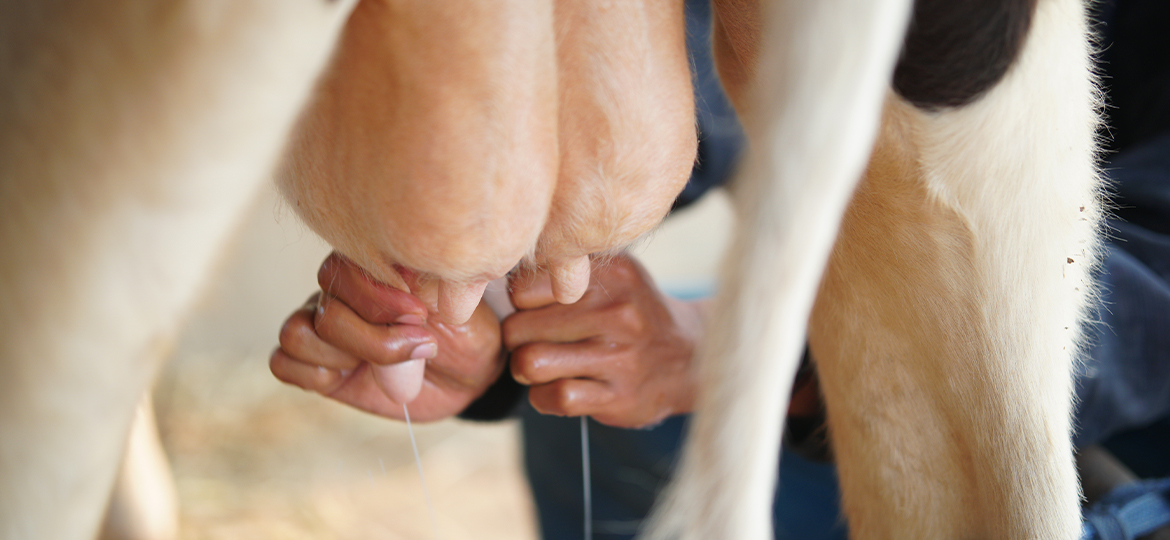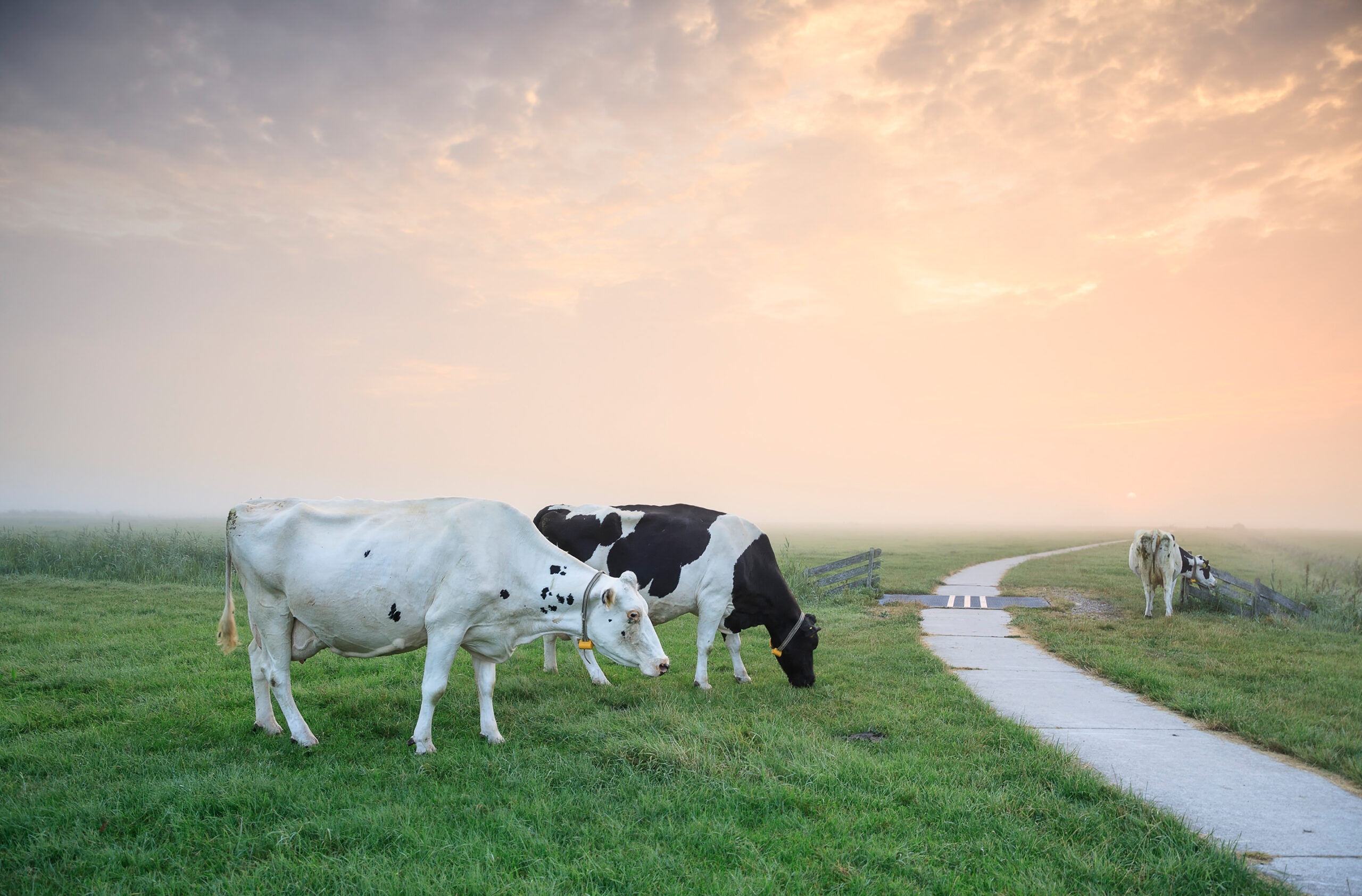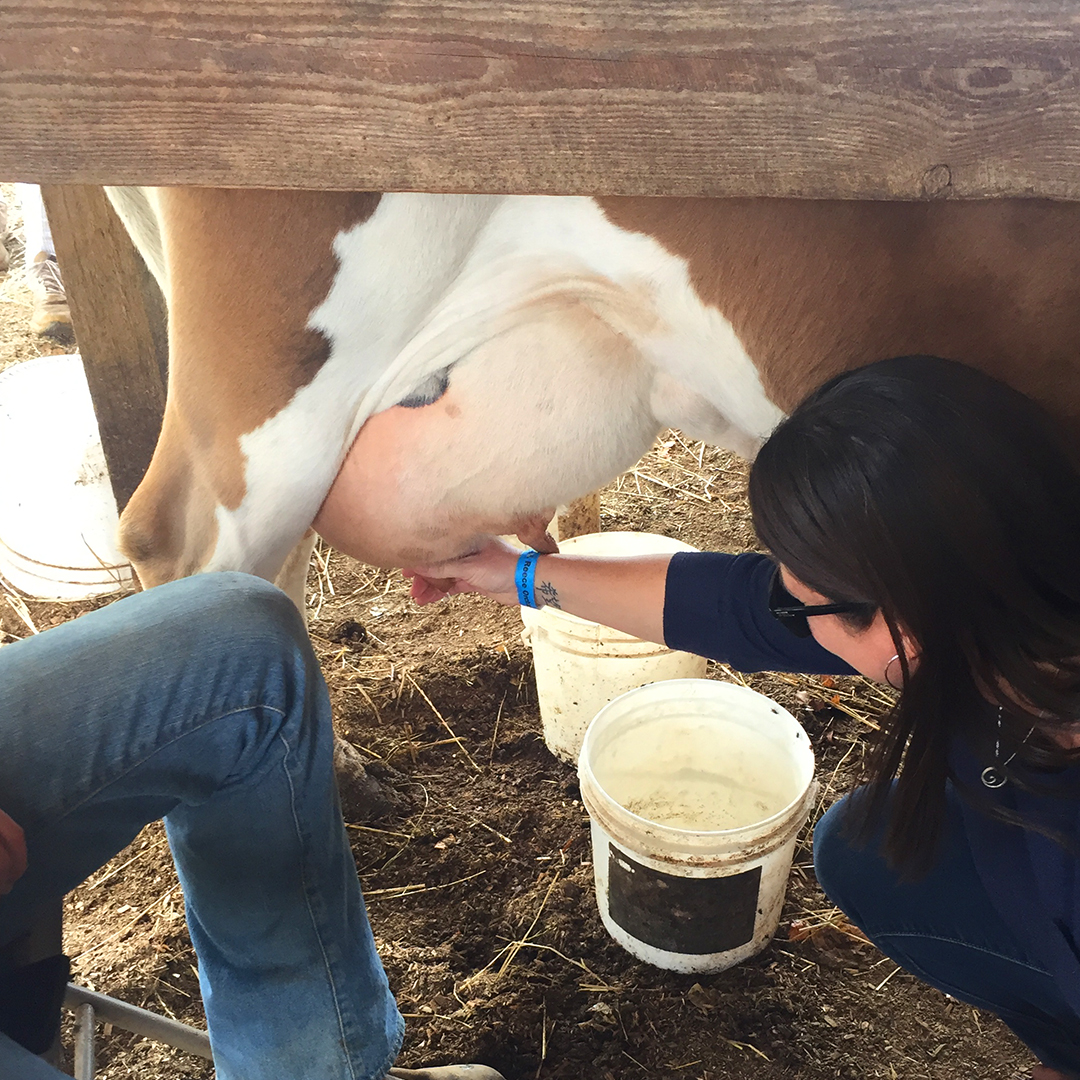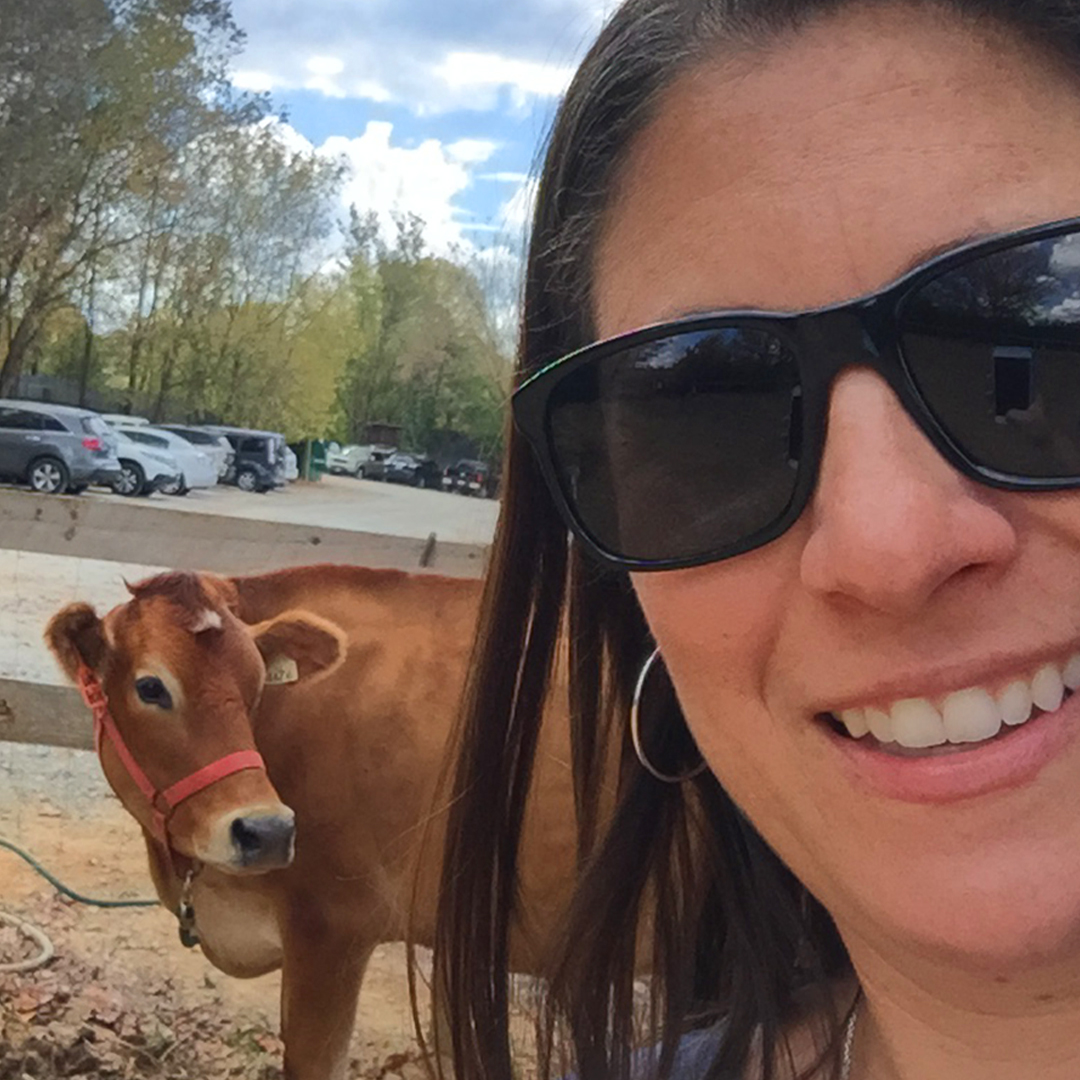
AUTHOR
Tina DiTomasso
CATEGORY
Adventure, Things To Do
POSTED ON
July 14, 2023
It seems like something so simple yet I can guarantee you not many have tried it. Yanking on a cow’s teet is up there with some of the weirdest shit I have ever done. Unique and fulfilling but still odd in every way. And if you do it wrong the cow side eyes you, and you just know they’re thinking, “Oh here we go again, another stupid human trying her hand at 2,001 Things To Do Before She Dies”.
Dairy cattle (also called dairy cows) are cattle bred for the ability to produce large quantities of milk, from which dairy products are made. Dairy cattle generally are of the species Bos taurus. Historically, little distinction was made between dairy cattle and beef cattle, with the same stock often being used for both meat and milk production. Today, the bovine industry is more specialized and most dairy cattle have been bred to produce large volumes of milk.
There’s a science to milking cows which is definitely more than just yanking and pulling. Here’s a general overview of what it’s like for dairy farmers:
Preparation: Before milking, the cow needs to be brought into a milking parlor or a designated area. The udder and teats are cleaned with warm water or a sanitizing solution to maintain hygiene.
Milking Process: The milking process can be done by hand or with the help of milking machines. If milking by hand, you sit or stand beside the cow and gently squeeze the teats from the top downward, using a technique called stripping, to expel the milk. The milk is collected in a bucket or container.
Rhythm and Technique: Milking requires a gentle and rhythmic motion to stimulate milk. It’s important to maintain consistent pressure on the teats and avoid causing discomfort to the cow.
Communication and Bonding: Milking time provides an opportunity to establish a bond with the cow. Some farmers talk or sing to the cow during milking, which can help keep them calm and cooperative. Cows often become accustomed to the routine and may even enjoy the attention.
Time and Effort: Milking a cow is a time-consuming task, especially when done by hand. Depending on the cow’s breed and individual milk production, it can take anywhere from 5 to 15 minutes to milk one cow. Dairy farmers often have a schedule for milking, typically two or three times a day.
Maintenance and Cleanliness: After milking, the udder and teats should be cleaned again to prevent any potential infections. The milking equipment, whether hand milking supplies or milking machines, should also be thoroughly cleaned and sanitized to maintain milk quality and prevent contamination.
Milk Handling: Once the milk is collected, it needs to be properly stored and handled. It is usually strained to remove any impurities, cooled rapidly to maintain freshness, and then stored in sanitized containers or bulk tanks.

It’s worth noting that milking a cow requires practice and skill to ensure the cow’s comfort and to maximize milk production. Many dairy farms employ trained individuals who have experience in the milking process. I consider myself extremely lucky to have been able to have this experience and if you get a chance I highly recommend it.
To try this adventure all you have to do is google search: “Learn to Milk a Cow” and you will see quite a bit of farms pop up for this experience. Find one with some great reviews and get to milking!
(2,001 Things To Do Before You Die – Page 1, Line 7)
Subscribe To Our Newsletter!
Subscribe to our mailing list to receive quarterly newsletters, event notifications, and other important emails. We promise we won’t overwhelm your inbox!
We do not spam. You can unsubscribe at anytime.



